I get periodic requests to disclose how my indicators have been performing in real time. Since Iâ�,��"�ve never flat out specified how they could best be combined and quantified into an actual stand-alone system, Iâ�,��"�ve resisted doing the extra work -- fair enough as the queries are. Itâ�,��"�s just something that could become a never-ending road if you let it, and besides, Iâ�,��"�ve always advocated people getting involved in their own research anyway. Itâ�,��"�s not hard to go back and look at how various indicator combos would have done over a given period of time.
2006 was a barn-burning year for most mechanical index systems. My partner and I had our best performance since 2000. As has been the case for many years, the stock futures have far and away provided the best trading opportunities, largely because they are currently the only markets with both superior volatility and liquidity thresholds. While Iâ�,��"�ll continue to resist being goaded in doing work that should be up to the individual, (again, because time and effort are finite), I canâ�,��"�t help but share the following with you as we head into 2007. As you know, I use three broad indicator categories for the indexes.
1. The either-or biases
2. The less-frequent biases
3. The calendar biases
Here's how you would have fared in all three targeted markets (mini contracts) had you followed the majority indicator direction for each category on a strict mechanical basis, buying on the open every day that flashed a net positive number and selling short off negative composites. One mini contract in each would have produced the following results (without slippage-commission). These were all-day trades, exiting on the close.
Whatever else you can say about the signals, I canâ�,��"�t imagine arguing that theyâ�,��"�ve â�,��"lost their effectiveness.â�,� They were all developed prior to 2006, so what youâ�,��"�re seeing here is actual real-time performance.
Going into 2007, youâ�,��"�ll notice I am not altering anything in the CzarCharts even though I do re-examine at the end of each year. I see no reason to suspect the climate is going to radically shift into the next year. Please accept my 2007 postings in the spirit I offer them. Someday in the not-too-distant future, I may be selling goods or services I believe to be economically viable. For now, Iâ�,��"�m just offering findings as I discover them.
Either-Or Bias Mini-S&P
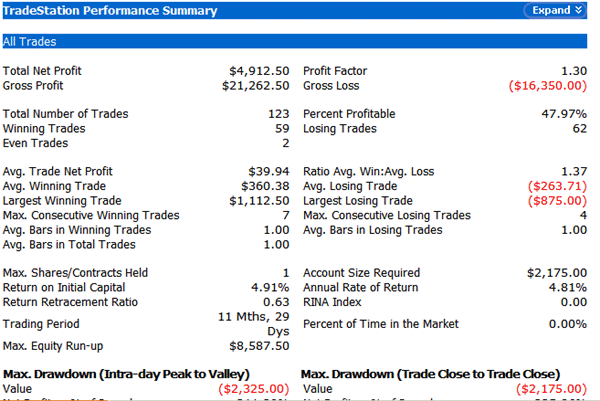
Either-Or Bias Mini-Nasdaq
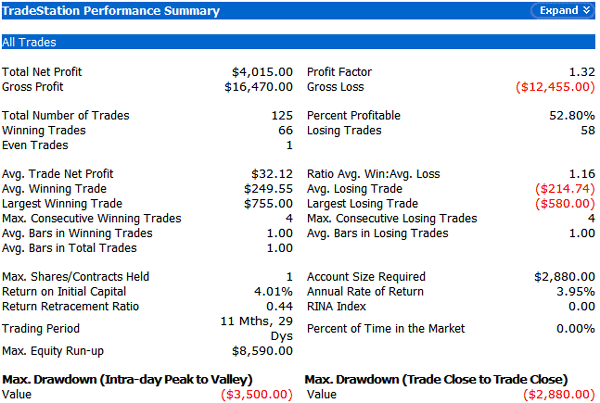
Either-Or Bias Mini-Russell
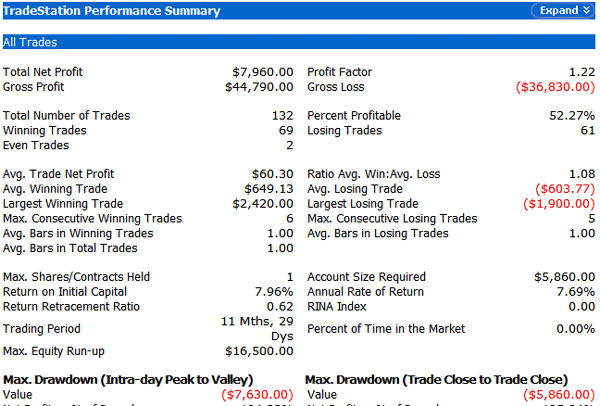
Less-Frequent Bias Mini-S&P
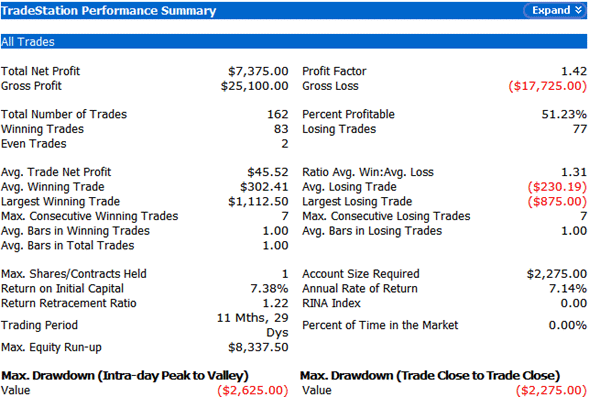
Less-Frequent Bias Mini-Nasdaq

Less-Frequent Bias Mini-Russell

Calendar Bias Mini-S&P

Calendar Bias Mini-Nasdaq
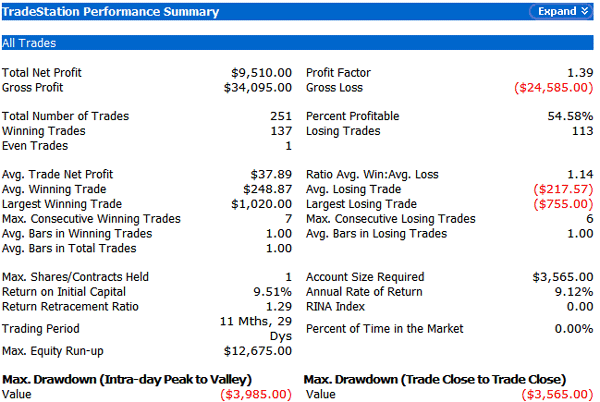
Calendar Bias Mini-Russell
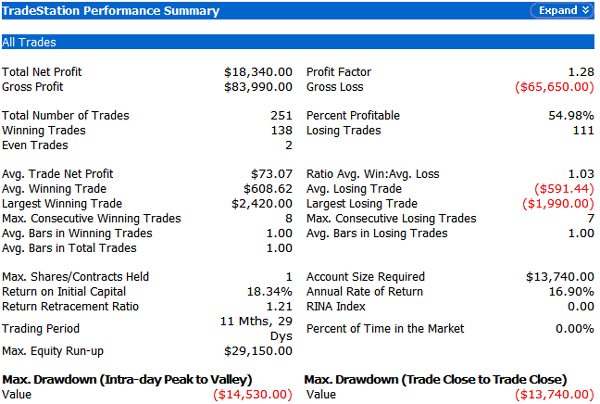
DISCLAIMER: It should not be assumed that the methods, techniques, or indicators presented in this column will be profitable or that they will not result in losses. Past results are not necessarily indicative of future results. Examples presented in this column are for educational purposes only. These set-ups are not solicitations of any order to buy or sell. The author, Tiger Shark Publishing LLC, and all affiliates assume no responsibility for your trading results. There is a high degree of risk in trading.
Art Collins is the author of Beating the Financial Futures Market: Combining Small Biases into Powerful Money Making Strategies. E-mail him at artcollins@ameritech.net.